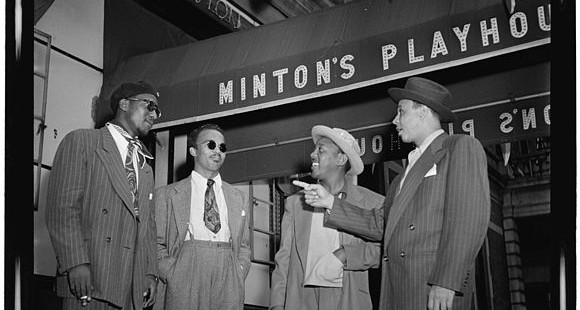The Art of Time(lessness) in Reading
Pacing, suspense, and flashbacks are just a few of the topics covered in The Art of Time in Fiction, Joan Silber’s insightful reference for writers who wish to better understand the technique of arranging time to narrative effect. Yet I am just as interested in the art of time in reading, particularly the conceptual timelessness that results from moments of deep engagement with text. I believe that there are unique benefits to the childlike, imaginative play that reading inspires, and much to be gained by ‘getting lost’ in a book.
I recently encountered Anne Carson’s lyrical “Short Talks” in an anthology of contemporary fiction. The narrative spanned ten pages, and took me over an hour to read. Please do not misunderstand me: I more accurately mean I was reading and rereading, running the dense, resonant sentences through my mind over and again, considering their meaning from multiple perspectives. My attention became fixed but also fluid: flowing over the lines, absorbed by the page. Said Mary Gaitskill of a similar experience reading Dickens: “It’s like these waves crashing over you—you get it on a mental level, then you get it on an emotional level, then you get it on a deeper emotional level, then it comes and knocks you out of the picture.” An oceanic feeling of not being there.
In Velvet Waters, Gerald Murnane writes, “In all the world there has never been, there is not, and there will never be any such thing as time. There is only place.” When immersed in a book we run out of time. We run outside of time completely, eventually arriving at the vast, conceptual playground of the imagination. We become ageless, young again, playing hide and seek within the pages: losing ourselves in altered realities only to uncover new ways of being.
The outwardly tranquil appearance of reading belies its transformative effects on inner activity. Writes Carson in “Short Talks”: “Look at all those spellbound people in Seurat. Look at monsieur, sitting deeply. Where does a European go when he is ‘lost in thought’? Seurat—the old dazzler—has painted that place . . . it is a Sunday rather than a Saturday afternoon there.” I am particularly struck by this description: Sitting deeply. Beyond nationality, Carson offers no additional commentary on the illustrated man—these characteristics are all she emphasizes of his figure. That so much of his being is held by this term seems right to me: the man is fully, deeply lost in his own imaginings. He has escaped time, left for a new place.
Continues Carson in the following “talk”:
On Gertrude Stein, About 9:30
How curious. I had no idea! Today has ended.
For a culture of distraction, we are intensely attuned to time. As a result there is often significant resistance toward reading for pleasure, as if this were a purposeless activity over which we ought to feel guilt. Yet if it is true that we don’t lose the need for childlike wonder as we grow older, those disembodied moments adrift in a book might actually catalyze a more fulfilled and attentive life.
The New Year is a time when many aim to establish just such a mode of existence. It is an interval when we embrace goals for improvement and start new counts, including the annual number of books we might read. Yet sometimes what counts most is not how many, but simply how. I want to suggest the resolution to dedicate more time to sitting deeply with a book, to linger on its pages and reencounter those rapturous, boundless moments of youthful play. I know better than to underestimate how easily the facts of life can align against such an activity, just as I know I could never fully articulate the measure of its rewards.


